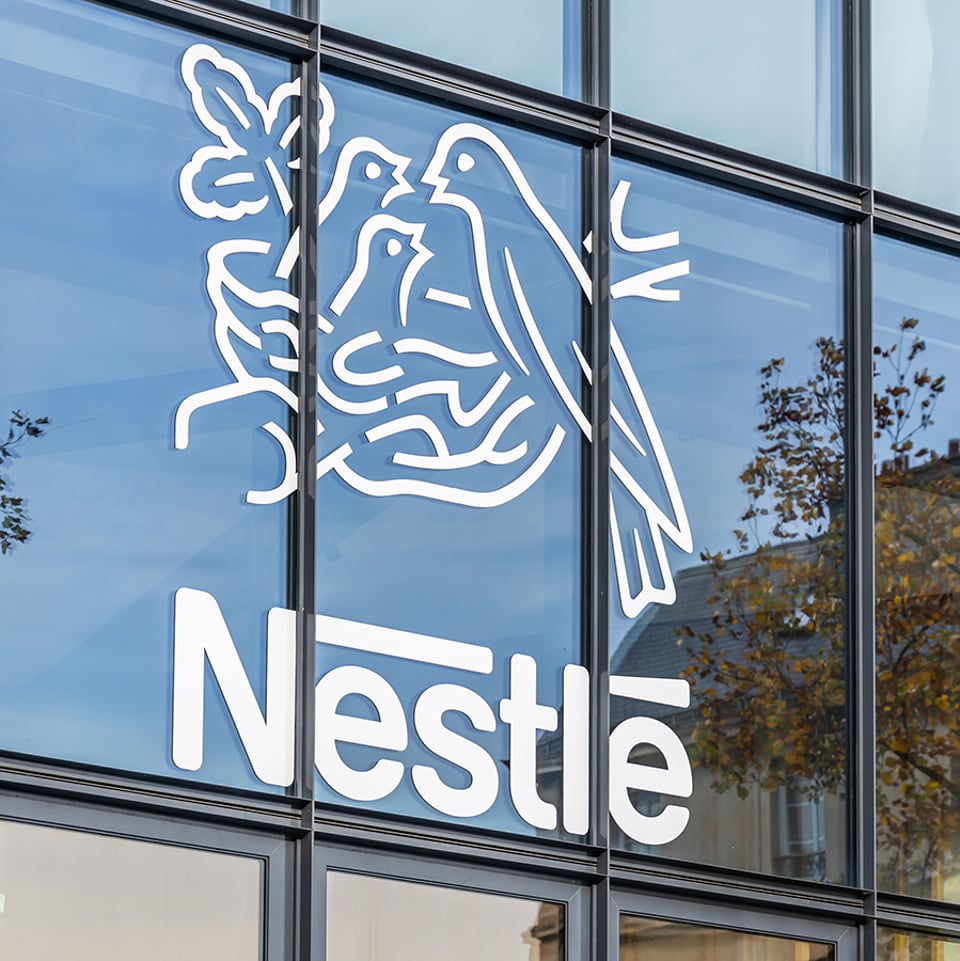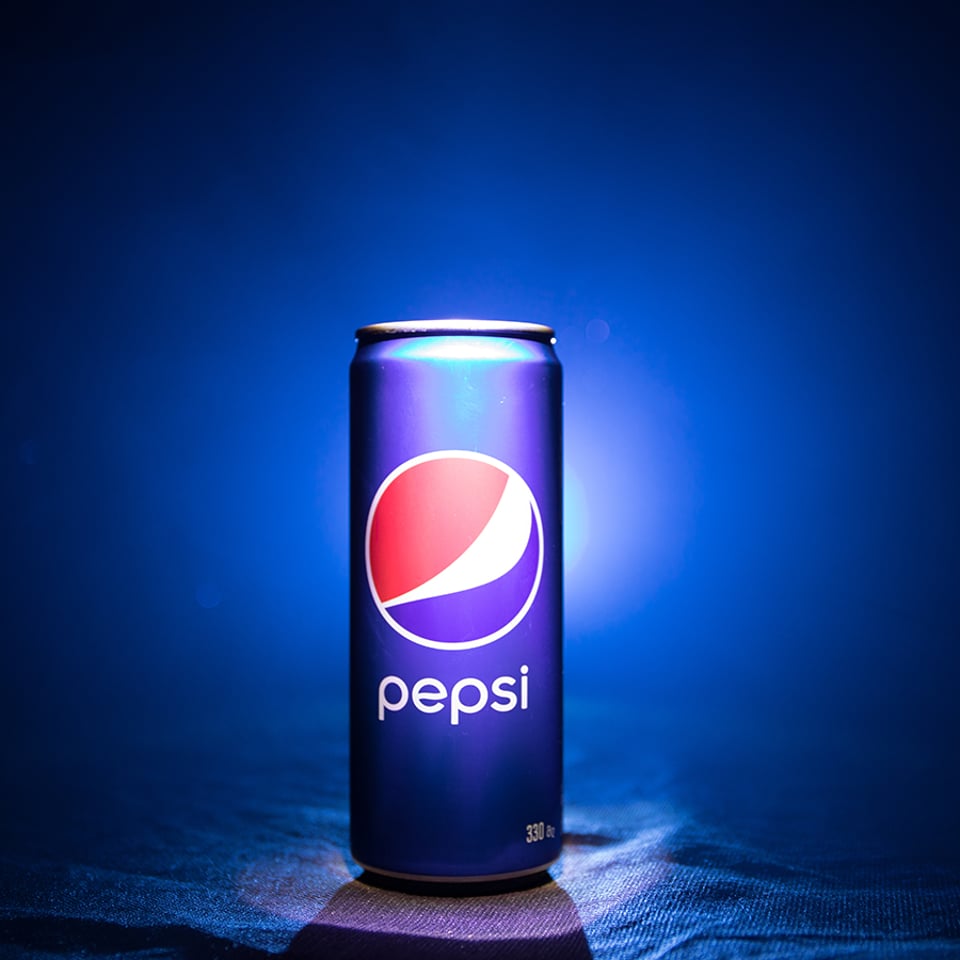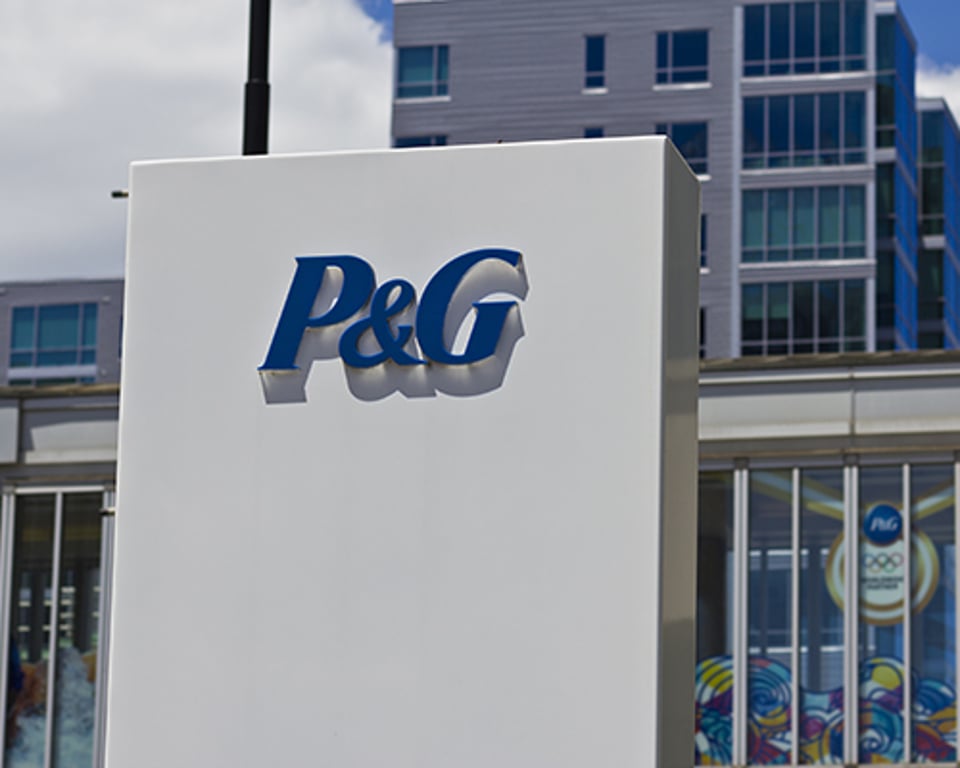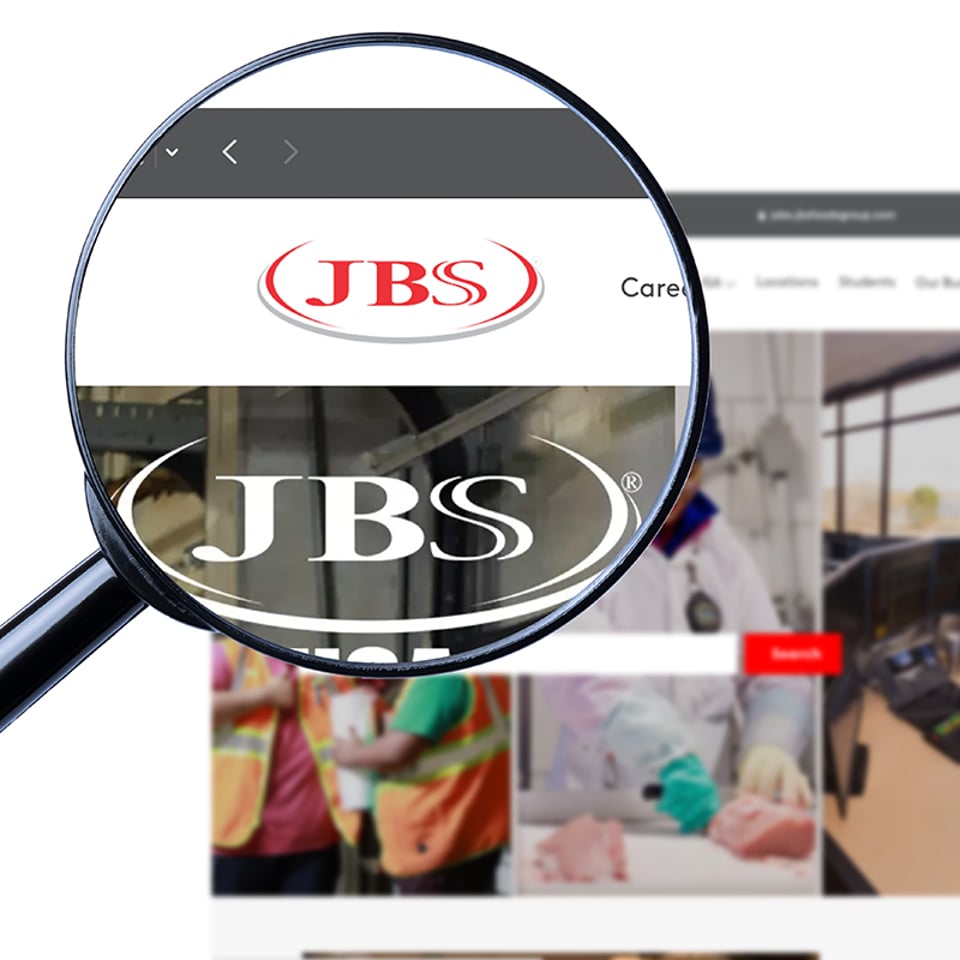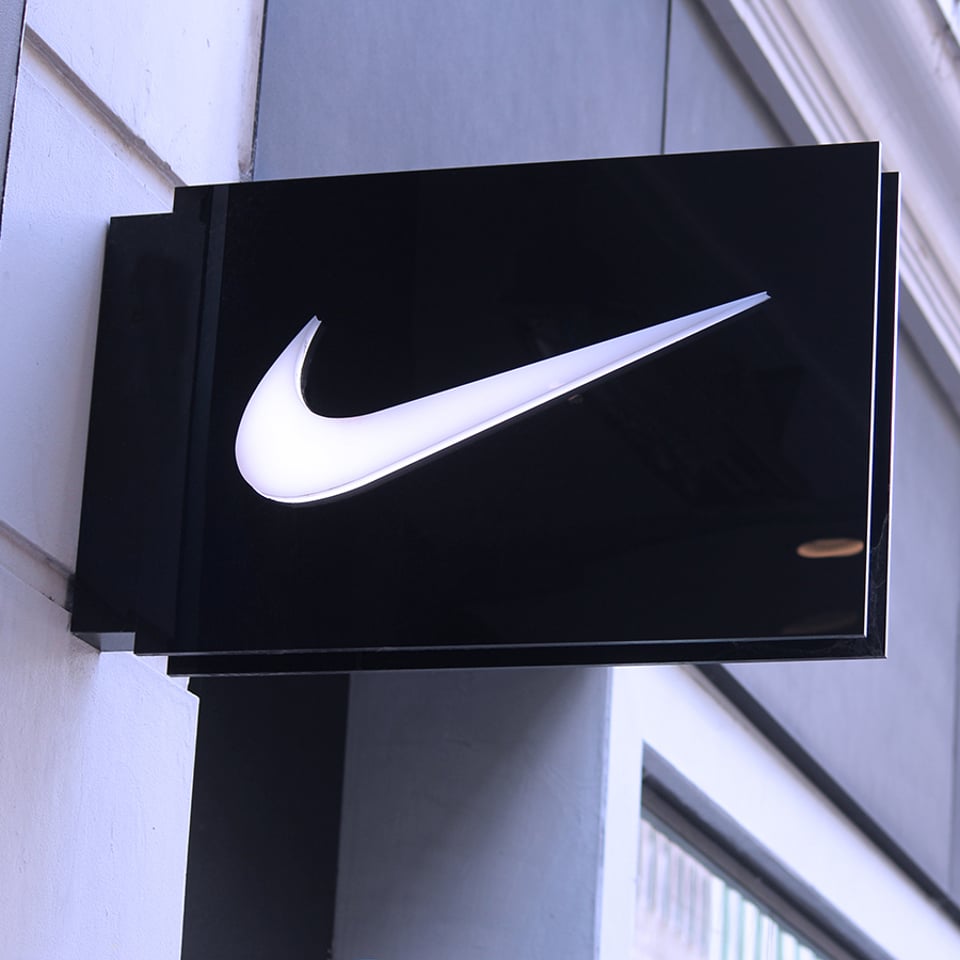The Top 100 Path to Innovation: Consumer Goods Companies Balance Cost Pressures and Bold Investments
The drive for innovation has become more crucial than ever in the consumer goods industry. Faced with continued market challenges, staying competitive means anticipating and adapting with a vision for long-term sustainability and growth through bold investments in technology, operational efficiency, and cutting-edge consumer engagement strategies.
CGT’s Top 100 Consumer Goods Companies ranks industry leaders based on their 2023 fiscal year revenue, offering an annual snapshot of the state of the consumer goods sector. The ranking is compiled from the financial reports of publicly traded companies (see methodology below) and serves as a valuable resource for our audience to track industry trends and identify both top performers and those facing challenges. Here we’ve spotlighted the top 10 companies, highlighting the technology and operational investments they’re making to maintain, advance, or even dominate their positions in the market.
We found that in fiscal year 2023, manufacturers needed to balance cost-savings to stave off an expensive, inflationary market in which many consumers prioritized value over brand, while also investing in innovation to keep up with quickly shifting consumer trends and advancing technologies. Challenges included continued supply chain issues, higher commodity prices, continuing global inflationary conditions, and resulting consumer push-back to higher retail prices. Food companies seemed to face the most challenging environments as consumers trimmed their grocery budgets and sought cheaper alternatives. To streamline operations, increase productivity, and improve differentiation, CPGs increased their adoption of digital tools and tech-powered processes. This included artificial intelligence, often selected for its ability to significantly boost efficiencies, and automate tasks through more intensive data gathering and processing. More companies began exploring generative AI, often drawn by the potential to take off the manual weight from content creation and image optimization while keeping consumer engagement a priority.
As part of operational shifts, multiple Top 10 companies made major C-suite changes, consolidating functions and regions to strike down siloed business approaches and lean more heavily into collaborative leadership.
A few years ago, we transformed the Top 100 into a more visually engaging format, moving beyond a basic table to something more dynamic and impactful. This year’s design continues to organize companies by category and revenue. However, we also recognize that simplicity often works best for conveying information, so we’ve once gain made the Top 100 data available as a downloadable table below for easy access.
CGT has provided the Top 100 to its audience for two decades, and we’re always looking to improve upon its value. If you have any feedback on how we can do that, please reach out.
1. Nestlé SA
Net Revenue: $103.984 billion
YoY Change: 4.70%
Last Year’s Rank: 1
Nestlé once again topped the list and posted sales and revenue growth. In an attempt to re-engage value-minded consumers who may be switching brands during an inflationary environment, the company invested in several enhancements. This includes OpenAI’s GPT-4 to upgrade business intelligence discovery and expand e-commerce efforts. The goal is to double consumer data records over the next four years. To expedite R&D, the company started piloting VR to test product prototypes, and its Purina Petcare division implemented a 3D tech solution to help retail partners optimize shelving and reach more consumers. To guide many of these efforts, Nestlé USA hired Veeral Shah as its first chief e-commerce and digital officer, and after a six-year absence, 23-year Nestlé veteran Stephanie Pullings Hart returned to become the company’s head of operations.
Recent News From Nestlé
2. LVMH Moët Hennessy Louis Vuitton
Net Revenue: $94.444 billion
YoY Change: 11.53%
Last Year’s Rank: 3
Registering record results for the second consecutive year, LVMH moved up from third to second place. Despite a post-pandemic normalization of luxury spending, analysts cited positive brand momentum, a more optimistic economic environment, and signs of increased luxury spending in the U.S. as factors fueling fiscal 2023 success. The company says its growth strategy is buttressed by the complementary nature of its businesses, its geographic diversity, its enthusiasm for innovation, high-quality design and retail excellence, and the cultural and historical dimension of its brands. Primary boosts for the company’s fiscal 2023 success include what the company called another historic year in terms of both sales and profit from its expanding Sephora retail business, growth in champagne, and strong momentum in fragrances, makeup, fashion, and leather goods.
Recent News About LVMH Brands
3. PepsiCo
Net Revenue: $91.471 billion
YoY Change: 5.88%
Last Year’s Rank: 2
Citing a sales slowdown due to higher prices on beverages and food mainly in the U.S., PepsiCo reported its first quarterly revenue drop in 14 quarters in Q4 2023. The company posted positive revenue for fiscal 2023, but still fell from second to third on this list. Contributing to what the company sees as a temporary downturn was the higher costs in raw materials, along with elevated levels of inflation, macroeconomic volatility, geopolitical tensions, and international conflicts. As part of its larger PepsiCo Positive sustainability program, the company began to replace the plastic rings traditionally used on its multi-pack bottle packs with new paperboard designs. Additionally, hoping to drive a continued focus on Pepsi’s direct store delivery system, the company made a sizable investment in Instacart — a partnership that continues to grow today.
Recent News From PepsiCo
4. Procter & Gamble
Net Revenue: $82.006 billion
YoY Change: 2.27%
Last Year’s Rank: 4
Led by strong sales in personal, feminine, beauty, hair, skin, and personal care products, Procter & Gamble’s fiscal 2023 results exceeded expectations, leading to mid-single-digit sales growth. Crediting execution of integrated strategies — a focused product portfolio of daily use categories and emphasis on superior product performance to drive consumer choice, packaging, brand communication, retail execution, and customer value — all 10 of the company’s product categories experienced single- or double-digit sales growth for the company’s fiscal year, which ended June 30, 2023. Regionally, the company registered sales increases in the U.S. of 32% over four years. With continued integration of automation and digital capabilities as part of its Supply Chain 3.0 initiatives, including the launch of a new North American retail supply chain platform, the company expects to save about $1.5 billion.
Recent News From P&G
5. JBS S.A.
Net Revenue: $72.918 billion
YoY Change: 0.42%
Last Year’s Rank: 5
Low cattle inventory in the U.S. and persistent pressure on production costs in its chicken and pork businesses produced an overall flat fiscal year for JBS. The adoption of operational management measures to increase margins and reduce volatility, along with its multi-protein and multi-geography strategy, helped the company achieve revenue growth in its U.S. beef operation and its Seara food processing subsidiary. However, both USA Pork and Pilgrim’s Pride reported revenue drops. To bolster long-term growth, the company instituted a number of infrastructure investments, including opening its first U.S.-based Italian meats plant, Principe Foods, in Columbia, MT. As part of its sustainability efforts, the company added 260 trucks to its electric fleet.
6. Unilever N.V.
Net Revenue: $64.509 billion
YoY Change: 1.92%
Last Year’s Rank: 6
In July 2023, Hein Schumacher took over as Unilever CEO in the midst of a disappointing year. While reporting 7% sales growth, especially in both its health and wellbeing businesses, as well as its prestige beauty divisions, currency headwinds, shrinking market shares, and competitive setbacks resulted in low double-digit profit declines for the fiscal year. To reverse overall downward trends and win back market share, in October 2023 the company named a new CMO and a new CFO, and instituted a growth action plan focused on higher-quality growth, increased productivity and simplicity, and stronger performance focus, along with an increased investment behind its 30 “power brands” group, which represent 75% of sales. The company also made some M&A moves, including the acquisitions of premium frozen Greek yogurt brand Yasso Holdings, and premium biotech haircare brand K18, while disposing of Suave in North America, the Dollar Shave Club, and Elida Beauty.
Recent News From Unilever
7. Anheuser-Busch InBev
Net Revenue: $59.380 billion
YoY Change: 2.76%
Last Year’s Rank: 7
The company achieved mid-single-digit growth for the year and high-teen increases in revenues from its global beer brands outside their respective home markets despite what executives described as a “challenging” year for its U.S. business. Overall, the company experienced double-digit sales declines in Q4 and a higher volume decrease for the year than expected. With long-term growth in mind, the company continued its digital transformation of its route to consumers via its BEES Marketplace e-commerce and data-sharing platform, which reached 3.7 million monthly active users in 26 markets. Approximately 70% of its Q4 revenues were captured through its B2B digital platforms. The company also offloaded eight craft beer and beverage brands to Tilray Brands.
Recent News From AB InBev
8. Tyson Foods
Net Revenue: $52.881 billion
YoY Change: -0.75%
Last Year’s Rank: 8
Tyson opened a new $300 million fully-cooked food production location in Danville, Virginia, its most automated plant yet, and expanded its supply chain control tower capabilities, initiated by a wide scale productivity program. The company also announced plans to pilot autonomous refrigerated trucks in specific regions of Arkansas — all part of the company’s nearly $600 million investment to bolster automation and digitalization efforts. However, the company missed revenue estimates for the second consecutive year, with sales of both beef and pork dipping slightly. Overall, the company’s revenue fell less than 1% due largely to falling chicken and pork prices, slowing demand for its exported beef due to a strong dollar, low U.S. cattle inventories, and U.S. consumers cutting back on meat due to higher prices. To counter these conditions, the company has cut jobs and closed U.S. chicken processing plants.
Recent News From Tyson Foods
9. Nike
Net Revenue: $51.217 billion
YoY Change: 9.65%
Last Year’s Rank: 9
Reporting nearly 10% higher revenues, Nike remained in the same spot as last year. Just before the end of its fiscal 2023 last June, to drive greater focus and integration across its business and teams, the company made more than a half dozen top-level executive and organizational changes that continued in fiscal 2024. According to the company, the personnel and role shifts are designed to streamline its focus across product, brand storytelling, and marketplace; mine deeper consumer insights to deliver innovation and engagement; and build long-term growth and profitability. As part of a five-year plan, the company also began to overhaul its tech operations, consolidating several existing IT support functions to increase access to assistance for its customers, partners, and employees. The company also bolstered its digital efforts via a pilot program, adding new capabilities to its Nike Run Club and Nike Training Club sports apps, and used consumer insights drawn from loyalty member polling to develop the Design by Japan Air Max 1 ’87 — the first in what the company says will be a regular consumer-aided product development program.
Recent News From Nike
10. The Coca-Cola Company
Net Revenue: $45.754 billion
YoY Change: 6.39%
Last Year’s Rank: 10
Posting modest growth in both revenue and income, Coca-Cola also remained in the same spot in this year’s list. The company cited resilience, strategic pricing increases, and product mix in the face of global inflationary pressures and currency fluctuations to preserve margins and increase case sales by 2%. Also contributing to the company’s success was a Q4 AI-based marketing campaign that included a “The World Needs More Santas” activation in more than 80 markets, a Caravan Truck Tour that traveled through nearly 60 countries to engage more than 16 million consumers, and digital engagement that resulted in 9 billion social media impressions. Focusing on its revenue growth management, the company initiated a multi-year investment to overhaul several areas of its business, including leveraging deep data insights to better understand revenue sources and methods, enriching consumer behavior via OpenAI’s generative AI technology, and better focusing resource allocations. The company also aimed to be more precise in its regional consumer segmentation; reduce out-of-stocks by optimizing physical inventory placement; and accelerate its digital B2B platforms to better tailor product, price, and packaging architecture.
Recent News From Coca-Cola
Methodology
Inclusion: Since the annual revenue of most privately held consumer goods manufacturers is not available, the annual Top 100 list only includes publicly traded companies. Therefore, well-known manufacturers such as Mars Inc. and Ferrero Group are absent from the rankings. It should also be noted that only revenues from the sale of consumer goods are considered when ranking companies that also have extensive operations in other businesses. (For example, San Miguel revenue is based on its food/beverage business unit only and does not include fuel/oil, infrastructure, packaging and energy units.)
Rankings: Because fiscal 2024 has yet to close for many companies, CGT used fiscal 2023 revenue totals to determine placement on the Top 100 list. All financial information was sourced from publicly available information. Revenue for each company is reported in billions of U.S. dollars. If a company’s revenue was reported in a different currency, the amount was calculated using a predetermined neutral exchange rate (Aug 27, 2024), with an asterisk next to the company’s name to indicate as such. One-year gains are based on information from one of the aforementioned sources and methods.
M&As: In some cases, mergers, acquisitions, or spinoffs that took place in the second half of 2023 or later are not reflected in these sales totals. Deals that occurred in the first half of 2023 or earlier are reflected in the numbers.
Design: Categories were identified based on the company's GICS industry classification. Developed by MSCI and Dow Jones, the GICS classification framework seeks to provide investors with consistent industry definitions. There are two exceptions to this: The Miscellaneous category visualized here consists of the combined GICS Agricultural Products, Building Products, Industrials Conglomerates, and Machinery industry classification, each of which included just one company. Similarly, EA was the only company within the Entertainment GICS classification, and CGT placed it within Interactive Media & Services. It’s also worth noting that last year was the first time CGT classified Top 100 companies using this method, which is why some companies may be in a different categories in earlier reports.

